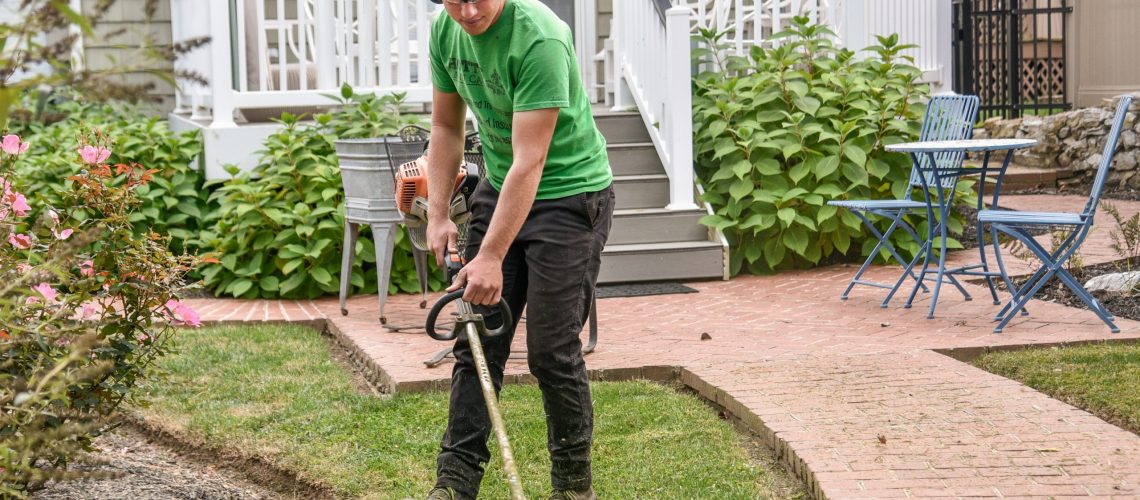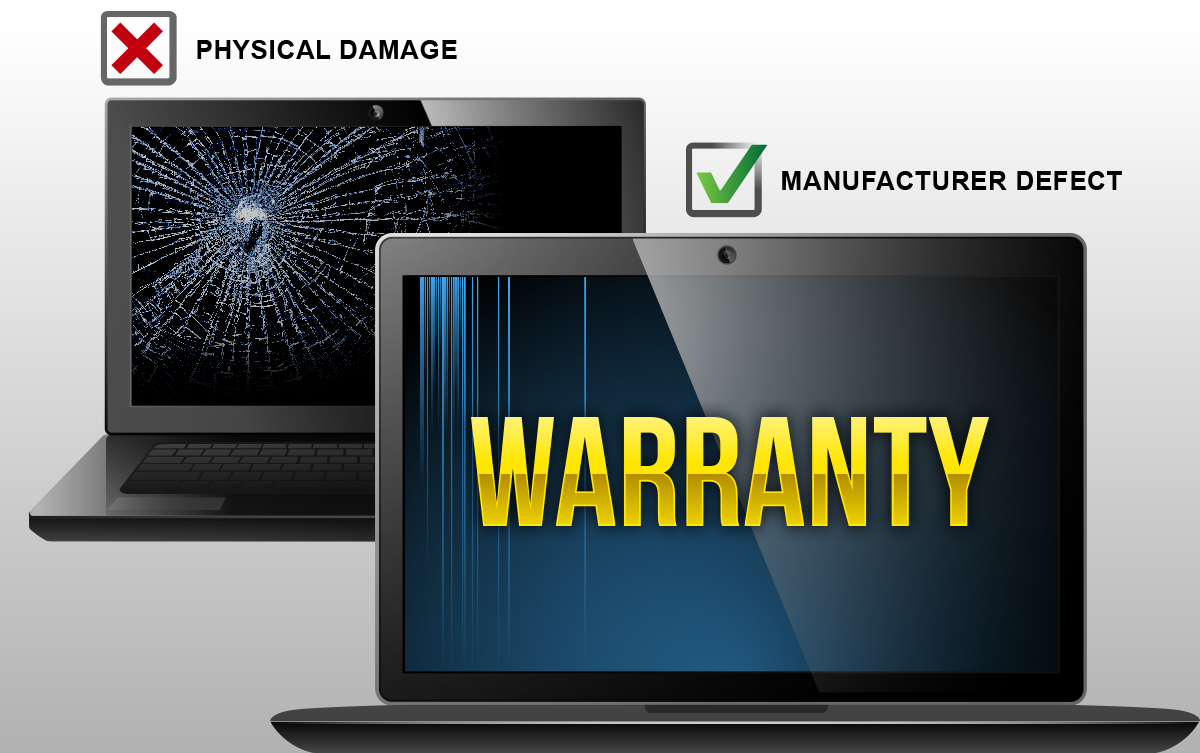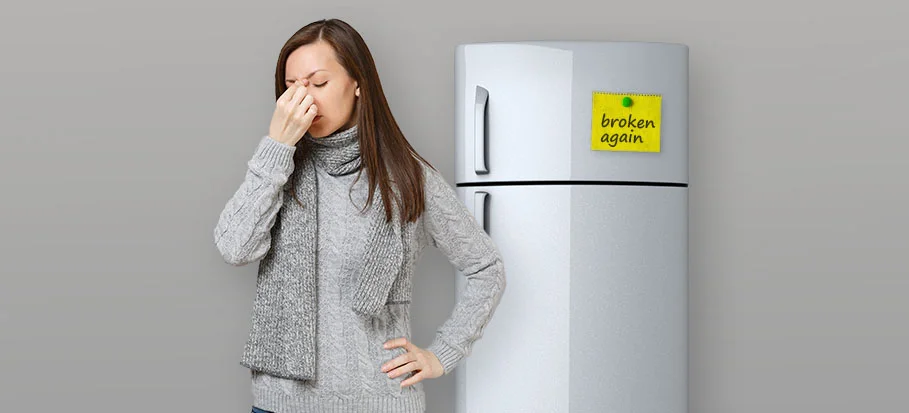Maintaining a healthy and lush lawn requires more than just watering and mowing. Proper lawn care involves using the right tools and techniques to ensure that your grass stays green and strong. Here are some tips for taking care of your lawn, along with some of the essential tools you’ll need to get the job done.
Watering:
Water your lawn deeply and infrequently to encourage deep root growth. Use a sprinkler or irrigation system to ensure that your lawn receives about 1 inch of water per week. Avoid watering during the heat of the day, as this can cause the water to evaporate too quickly.
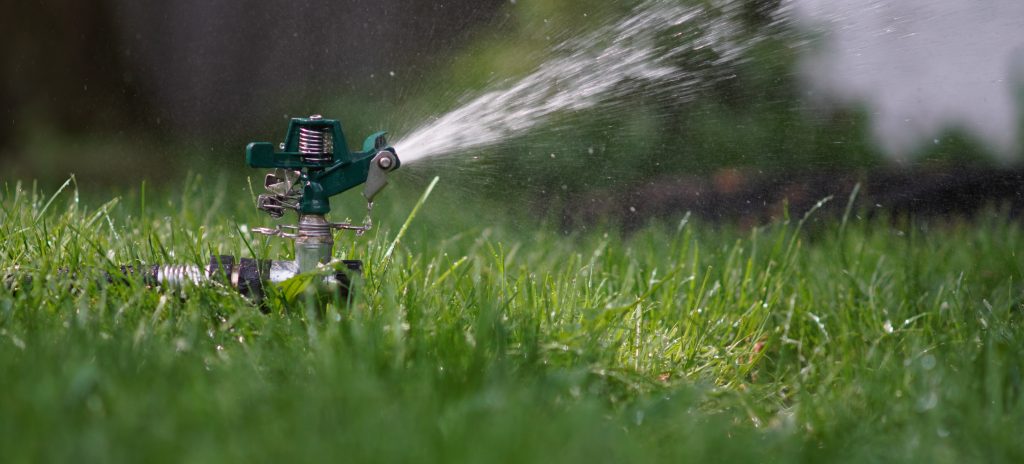
Tools you’ll need: Garden hose, sprinkler, or irrigation system.
To ensure that your lawn stays hydrated, it’s important to water it deeply and infrequently. This encourages deep root growth, which helps the grass to become more drought-resistant. The best time to water your lawn is in the morning or evening, when the temperatures are cooler and there is less wind. If you water during the heat of the day, the water may evaporate before it can be absorbed by the soil.
To water your lawn, you’ll need a garden hose, sprinkler, or irrigation system. If you have a large lawn, an irrigation system may be the most efficient option. This can be set on a timer to ensure that your lawn is watered at the same time each day.
Mowing:
Keep your lawn at the right height for your grass species to encourage healthy growth. For most lawns, this means mowing to a height of 2 to 3 inches. Be sure to keep your lawn mower blades sharp to prevent tearing or damaging the grass.
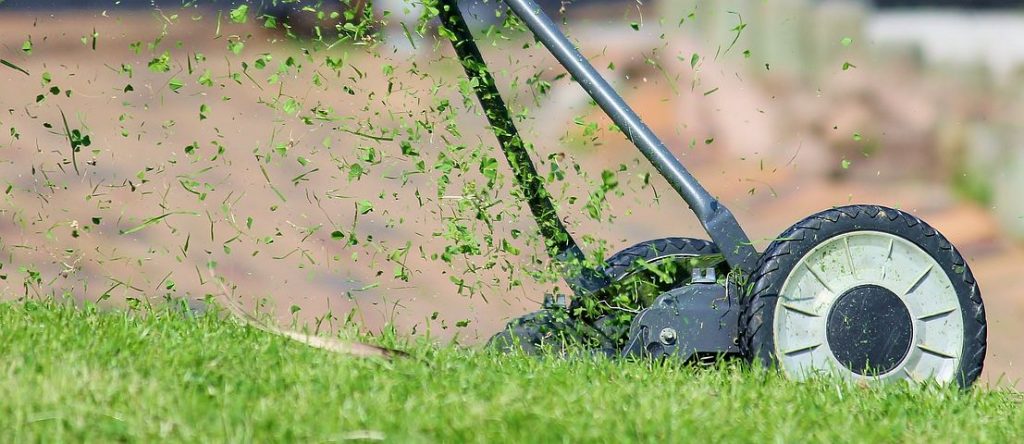
Tools You’ll Need: Lawn Mower, Replacement Blades.
Mowing your lawn is an important part of lawn care. By keeping your grass at the right height, you can encourage healthy growth and prevent weeds from taking hold. The ideal mowing height will depend on the type of grass you have in your lawn. For most lawns, a height of 2 to 3 inches is recommended.
When mowing your lawn, it’s important to use a sharp mower blade. A dull blade can tear or damage the grass, which can lead to brown patches and other issues. To keep your blade sharp, you can sharpen it yourself with a file or take it to a professional.
Fertilizing:
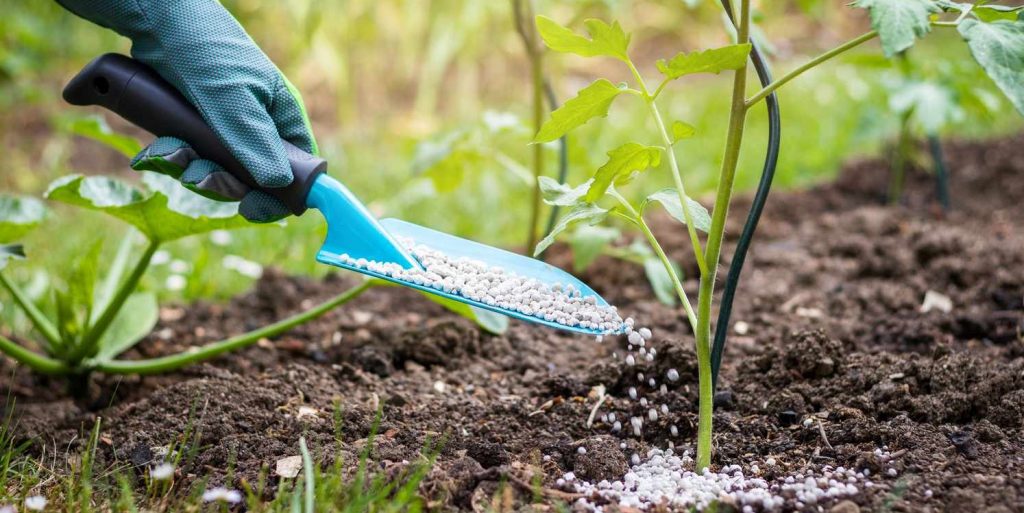
Feed your lawn with a balanced fertilizer to promote healthy growth and prevent nutrient deficiencies. Follow the instructions on the fertilizer label to determine how much to apply and when.
Tools You’ll Need: Fertilizer Spreader.
Fertilizing your lawn is another important step in maintaining its health. By providing your grass with the nutrients it needs, you can encourage healthy growth and prevent issues such as yellowing or stunted growth. When choosing a fertilizer, look for one that is specifically formulated for your grass type and that contains the nutrients your lawn needs.
To apply fertilizer, you’ll need a fertilizer spreader. This can be either a handheld or a push-style spreader, depending on the size of your lawn. Be sure to follow the instructions on the fertilizer label to determine how much to apply and when.
Aerating:
Aerate your lawn once or twice a year to promote healthy root growth and improve drainage. Use a lawn aerator to create small holes in the soil, allowing air, water, and nutrients to reach the roots.
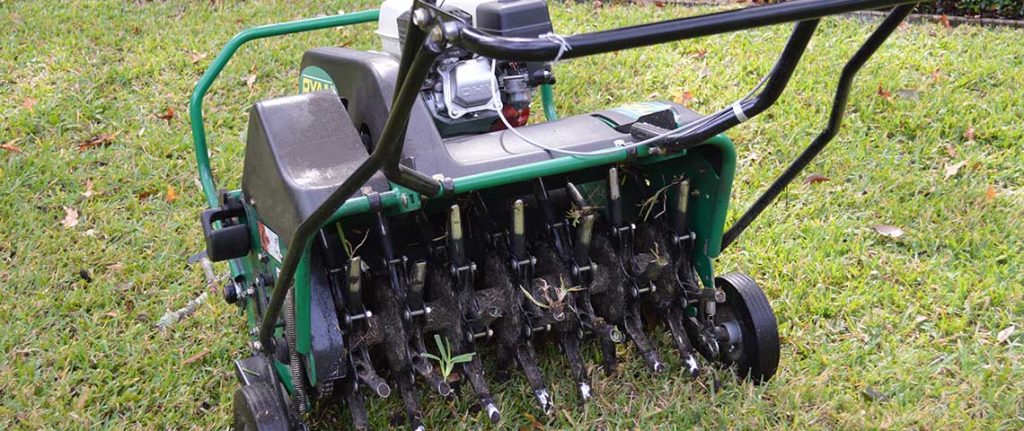
Tools You’ll Need: Lawn Aerator.
Aerating your lawn is an important step in promoting healthy root growth and improving soil health. Over time, the soil in your lawn can become compacted, which makes it difficult for air, water, and nutrients to reach the roots of your grass. Aerating involves creating small holes in the soil, which allows these essential elements to penetrate the soil and reach the roots.
To aerate your lawn, you’ll need a lawn aerator. This can be either a manual or powered aerator, depending on the size of your lawn. Simply push the aerator over your lawn, and it will create small holes in the soil. For best results, aerate your lawn once or twice a year.
Weed Control:
Control weeds in your lawn to prevent them from taking over and crowding out your grass. Use a weed killer or pull weeds by hand, taking care to remove the entire root system.
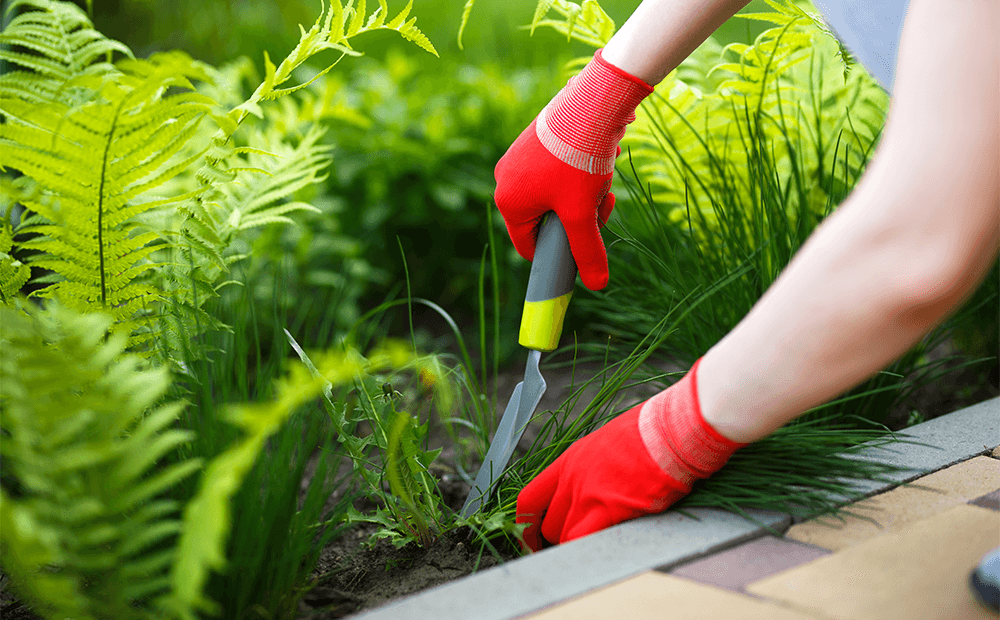
Tools You’ll Need: Weed Killer, Weed Puller.
Weeds can be a major problem for your lawn, as they can crowd out your grass and make your lawn look unsightly. To prevent weeds from taking over, it’s important to control them using a weed killer or by pulling them out by hand. If using a weed killer, be sure to choose one that is specifically formulated for your grass type and that targets the weeds you’re trying to eliminate. If pulling weeds by hand, be sure to remove the entire root system to prevent regrowth.
Now that you know the essential steps to take care of your lawn, let’s take a closer look at some of the tools you’ll need to get the job done. Here are some of the essential tools you’ll need for lawn care:
- Bits: Bits are essential for use with power tools such as drills and drivers. They come in a variety of sizes and shapes to fit different screw types and sizes.
- Taps and Dies: Taps and dies are used for threading and cutting threads on bolts and other metal components.
- Non-LED Bulbs: Non-LED bulbs are used in outdoor lighting fixtures such as floodlights and spotlights.
- Replacement Blades: Replacement blades are used for lawn mowers and other cutting tools to ensure that they are sharp and effective.
- Non-rechargeable Batteries: Non-rechargeable batteries are used in a variety of outdoor tools such as flashlights, radios, and other electronic devices.
- Filters: Filters are used in air and fuel systems in lawn mowers, trimmers, and other outdoor equipment.
- Belts: Belts are used in lawn mowers, tillers, and other outdoor equipment to transfer power from the engine to the cutting or tilling components.
- Sandpaper, pads, bonnets, abrasion discs, grinding wheels, and cutting wheels: These are all types of abrasive materials used for sanding, grinding, and cutting various materials.
- Contact Tips and Nozzles: These are used in welding and cutting equipment to direct the flow of gas and create a precise cut.
- Inflation Needles: Inflation needles are used for inflating sports balls and other inflatable items.
- Trimmer Line: Trimmer line is used in string trimmers to cut grass and weeds in hard-to-reach areas.
- Spark Plugs: Spark plugs are used in lawn mowers and other outdoor equipment to ignite the fuel and create combustion.

The devices we love aren’t cheap. Protect them with Jacana Warranty.
We’ll cover your favorite home electronic devices and provide 24/7 live support, all for less than $1 per day.
In conclusion, maintaining a healthy and beautiful lawn involves more than just basic care. To ensure that your grass stays strong and vibrant, it’s essential to use the right tools and techniques. By following the lawn care steps discussed in this article and using the essential tools we’ve listed, you can make sure that your lawn remains healthy and attractive year-round.One thing to consider when purchasing these tools is the availability of an law care extended warranty. An extended warranty can give you peace of mind knowing that if something goes wrong with your tool, it can be repaired or replaced without any extra cost. Many manufacturers offer extended warranties on their tools, so be sure to check for this option before making a purchase. This can save you money and frustration down the line and allow you to focus on keeping your lawn looking its best.
Resource:
- The Home Depot Lawn & Garden Department: https://www.homedepot.com/b/Outdoors-Garden-Center/N-5yc1vZbx6k
- Lowe’s Lawn & Garden Center: https://www.lowes.com/c/Lawn-garden
- Popular Mechanics Lawn & Garden Tool Reviews: https://www.popularmechanics.com/home/tools/reviews/g27978750/lawn-garden-tools/
- LawnStarter Lawn Care Blog: https://www.lawnstarter.com/blog/
- The Family Handyman Lawn Care: https://www.familyhandyman.com/project/lawn-care/


